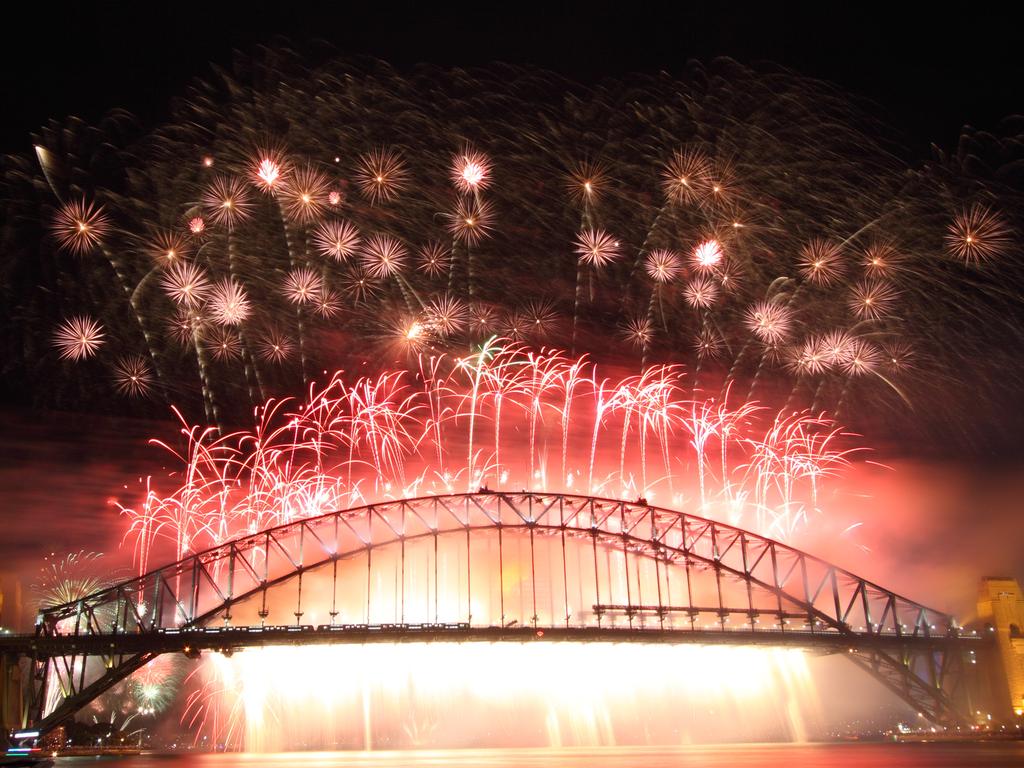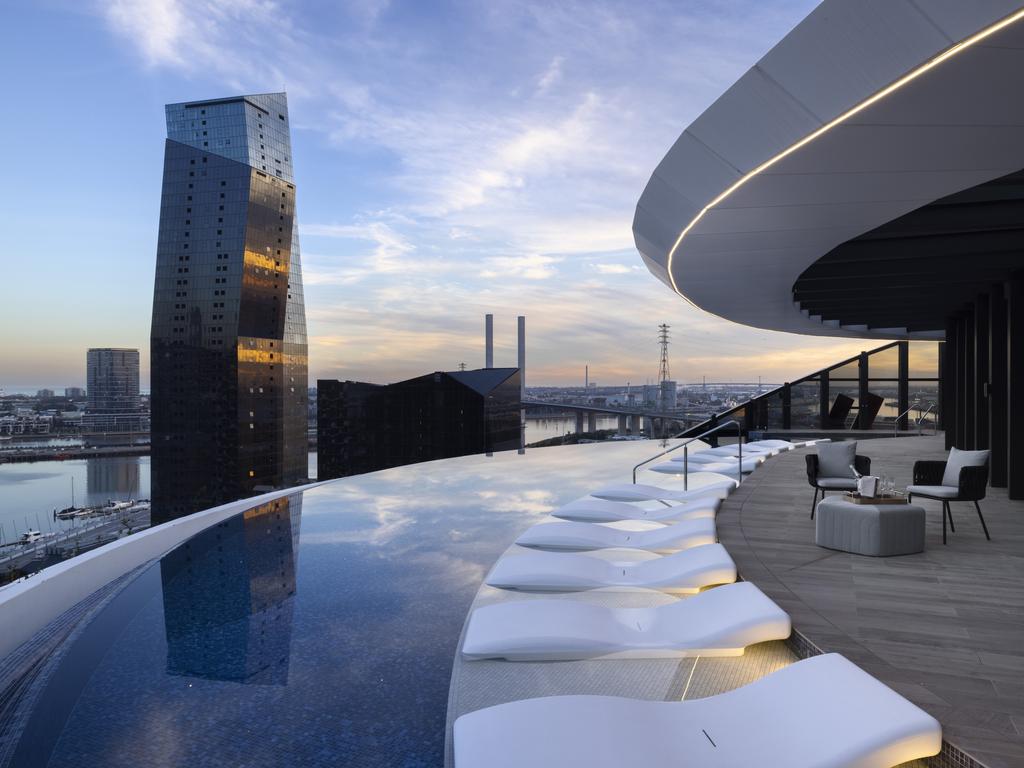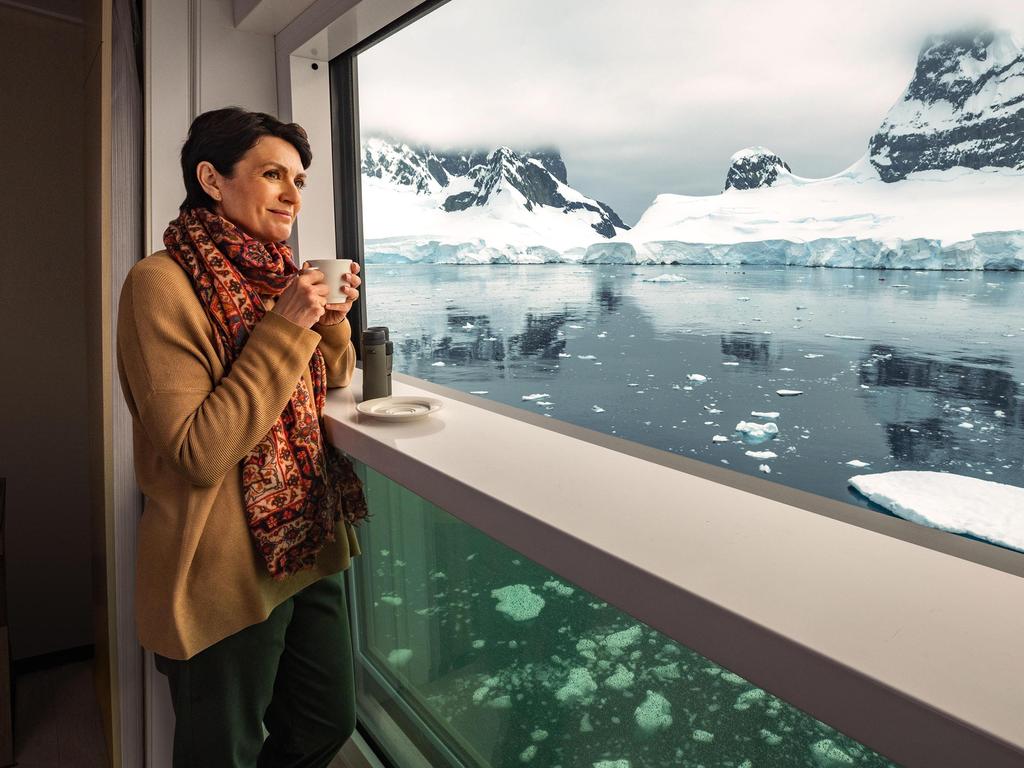Back in the flow
Dreamy days in the Dordogne region of France mean long lunches, castles and caves.

“We really aren’t in Kansas any more,” I say, feeling all warm and fuzzy after the first forkful of brouillade aux truffes – scrambled eggs elevated to another dimension with black truffles. After long dull months in isolation, dining on the riverside terrace of the Charbonnel hotel in Brantome on a warm summer night really does make the world seem as though it is drawn in dazzling colours. Just below us, the Dronne, one of the Dordogne’s prettiest tributaries, reflects the evening lights in its swirling waters. Everything is a marvel: the chitchat of our fellow diners, the clinking of glasses and cutlery; everything we used to take for granted.
We are lucky to have bagged a table. It seems all of Paris has decided in the Covid summer of 2021 to head to the Dordogne. Holiday gites are like gold dust; we find our three-night stay outside Brantome after a cancellation.
Even for my husband and me it is a desperately needed change of scene, despite the fact we live only a couple of hours away in the Lot. To be honest, anywhere would have done, but lovely old Brantome – “the Venice of the Perigord”, encircled by the Dronne – is like the truffle in the scramble.

For centuries Brantome was synonymous with its abbey, founded by Charlemagne and secularised during the French Revolution. Located between the Dronne and the wooded cliffs, it has a peculiar Old Curiosity Shop of a bell tower, considered one of the oldest in France, but what always brings us back is the troglodyte’s pathway. The first monks here lived in caves and at some point (no one knows when) carved an enormous relief of the Last Judgment straight out of Indiana Jones and the Temple of Doom. God (presuming it’s him) looks like the abominable snowman; disembodied heads stare out, grimacing. The most important wears a fancy crown and tie. What’s going on? Who knows.
Years ago my husband, Michael, and I wrote a book called Lazy Days Out in the Dordogne and Lot, based on what you can do there before and after a proper French lunch. During the long days of summer you can actually do a fair bit if you feel so inclined. After seeing the abbey and wandering around Brantome, with its pretty dog-legged bridge, from where we watched a fleet of stand-up paddleboarders navigate the waterways, it is time to think about lunch on a farm.

In the Dordogne this inevitably means duck, and the Ferme Auberge de Faye, just a few minutes’ drive south of Brantome, has all the essentials: red checked tablecloths, jovial hosts, trees to sit under, a place for children to play and a mind-bogglingly affordable yet delicious set menu served in generous portions. There’s hearty country soup, duck charcuterie, grilled magret de canard with onion jam, duck-fat potatoes, local cheeses, walnut tart and carafes of wine.
On the downside you can’t have a lunch like that without taking a nap afterwards. Yet on a long summer day, when everything stays open late, you can still fit in a chateau. In the Dordogne, which claims to have 1001, castles are never far away. We drive 10 minutes down the Dronne to Bourdeilles, seat of the oldest of the four baronnies of Perigord, a village of lush gardens and weeping willows trailing in the water and houses gathered in the skirts of the octagonal castle keep.
Next to the tower is a Renaissance chateau. After the horrors of the Hundred Years’ War, the nobles in the Dordogne remodelled their medieval castles or built pretty residential versions nearby (Chateau des Milandes, later owned by entertainer Josephine Baker, is probably the most famous). The Chateau de Bourdeilles is rare in that it was designed by the chatelaine, Jacquette de Montbron, one of Catherine de’ Medici’s ladies-in-waiting. De’ Medici left de Montbron a fortune, which she spent furnishing her digs with the latest in 16th-century design, especially in the exquisitely panelled, painted and tapestry-lined Salon Dore. It’s one of the finest Renaissance interiors in France; anywhere else it would be a star attraction, but in Bourdeilles it feels off the beaten track.

We are a bit disappointed that there isn’t more about de Montbron’s brother-in-law, Pierre de Bourdeille, a soldier, courtier, man about town and abbot (which gave him his pen name, the Seigneur de Brantome). He was also a one-man tabloid. His spicy books about the bedroom antics of France’s elite were so scandalous he left instructions for them not to be published until 50 years after his death.
The Dordogne is one of those places you can revisit again and again and always find something new, but for such a well-known place it also has a surprising amount of empty space. The next day we drive 30 minutes north of Brantome through woodlands and meadows and scarcely passed a single house. A Brigadoon-like stillness reigns. It was Jules Verne who gave this northernmost section of the department its nickname, Green Perigord.
Isolated from the main highways and byways, Green Perigord has long had to make its own way in the world, often by specialising in traditional crafts. We are going to Varaignes, the home of pantoufles Charentaises, slippers that make your feet feel as though they are being hugged by fluffy sheep. In 1960 there were 70 slipper-making firms in the area; these days there are so many cheap imitations on the market you have to look hard to find the real McCoy. Now the big medieval chateau in the village centre has found a new use as a workshop and museum of comfy slippers.

In nearby Nontron it’s folding knives, the kind every rural Frenchman carries in his pocket just in case he meets a saucisse. Nontron has been making them since the 15th century. We spend an hour in the surprisingly sleek new Coutellerie Nontronnaise workshop, where it is refreshing to see young workers as well as the elderly keeping the tradition alive.
Armed with our new knife, we are ready for action. We pick up a baguette, tomatoes, a lump of Trappe d’Echourgnac (the Perigord Vert’s very own nun-made cheese), a chilled bottle of rose and a punnet of Mara des Bois, which fills the car with a wild-strawberry perfume. At the Etang de St Estephe, a pretty wooded lake just north of Nontron, we spread our blanket under a tree by the beach.
A delicious half-awake, half-asleep spell falls over us. It is as though we have fallen into an impressionist painting illuminated by the flickering late-afternoon light on the water. We watch two boys build a sandcastle, teenagers flirt and splash, and young parents take a baby for her first dip, her chubby little legs kicking while her grandparents call out instructions in an impenetrable southwestern twang that makes everyone laugh. How silly it is to pay a fortune to be by the sea when France’s sparkling lakes and rivers have such lovely beaches.
Eventually we stretch and stroll, then settle on the lakeside deck of the Moulin du Grand Etang restaurant just as the sinking sun turns the lake to molten gold.
It is the perfect end to a perfect day, the kind when you can only agree that Henry Miller nailed it when he wrote: “France may one day exist no more, but the Dordogne will live on just as dreams live on and nourish the souls of men.”
Bradt Guide to the Dordogne, Lot, Bordeaux & Toulouse by Dana Facaros and Michael Pauls is due in July.
THE TIMES




To join the conversation, please log in. Don't have an account? Register
Join the conversation, you are commenting as Logout